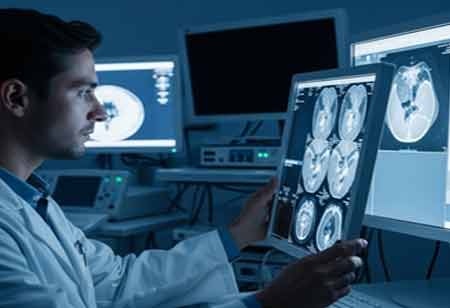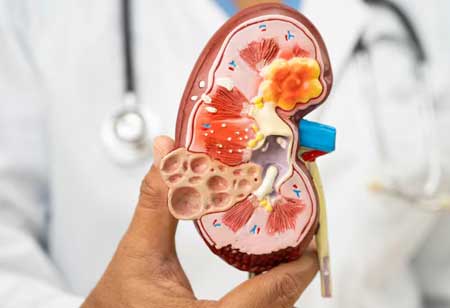The Impact of AI and Molecular Imaging on Latin America's Diagnostic Landscape
Advancing technology and clinical priorities will prepare diagnostic imaging for timely, accurate, and patient-centric care, treatment outcome follow-up, and disease progression prediction.

By
Medical Care Review | Thursday, September 04, 2025
Stay on top of your health and well-being with exclusive feature stories on the top medical clinics and treatment centers, expert insights and the latest news delivered straight to your inbox. Subscribe today.
Fremont, CA: Technological advancements consistently introduce innovative applications in the field of diagnostic imaging. The increasing clinical demands, coupled with a focus on a more personalized and preventive approach to healthcare, have significantly influenced the evolution of diagnostic imaging practices in Latin America.
This field has transitioned from fundamental radiographs to a comprehensive array of modalities that facilitate earlier detection, enhance accuracy, and enable precise treatment planning. With an emphasis on expediting delivery, improving efficiency, and prioritizing patient-centric care, healthcare systems are continuously redefining the role of diagnostic imaging. Several emerging trends are establishing new benchmarks for the application, interpretation, and integration of imaging within broader healthcare strategies.
Incorporation of Artificial Intelligence into Imaging Workflows
Of the many advances realized in diagnostic imaging, perhaps the most outstanding is the deployment of artificial intelligence in clinical workflows. AI applications can be geared towards such activities as image recognition, detection of anomalies, and workflow optimization. Such systems can quickly process vast images, detecting patterns invisible to the human eye. Decision-aiding tools are thus available to the radiologist, who benefits from greater accuracy and at least shorter interpretation times. Although not replacing the clinician's ability, technology boosts that ability by increasing the efficiency of early disease onset detection and management of workloads.
Upgrading Point-of-Care Imaging
Point-of-care imaging is emerging as an invaluable tool that provides immediate diagnostic information at the bedside or in outpatient settings. The advent of portable ultrasound equipment and handheld imaging devices allows clinicians to conduct diagnostic evaluations in the presence of the patient. This prompt access to results is particularly advantageous in emergency care, rural medicine, and mobile health units, where access to conventional imaging facilities is frequently limited. Moreover, point-of-care imaging exemplifies a significant trend towards the decentralization of healthcare delivery and facilitates expedited decision-making at the initial point of contact.
Focus on Functional and Molecular Imaging
Increasing interest comprises what imaging can give to biological function, molecular activity, and structural visualization. For example, positron emission tomography, single-photon emission computed tomography, and functional MRI provide information on metabolic processes, blood flow, and cellular activities. These modalities are more valuable in oncology, cardiology, and neurology, where understanding physiological changes dictates diagnosis and treatment response. With the rising demand for more personalized medicine, functional and molecular imaging shall constitute an integral part of clinical pathways.
The landscape of diagnostic imaging continues to undergo steady change through the forces of technology and evolving clinical priorities. New approaches such as artificial support, better diagnoses, and imaging have opened the way for more timely, precise, and patient-centered health care. With the further maturation of these developments, diagnostic imaging in Latin America is likely to make better diagnoses and increasingly incorporate treatment outcome monitoring and, as appropriate, disease progression prediction. This makes a more proactive approach to integrated healthcare, with imaging at its core.







